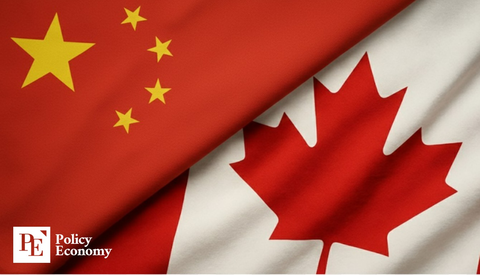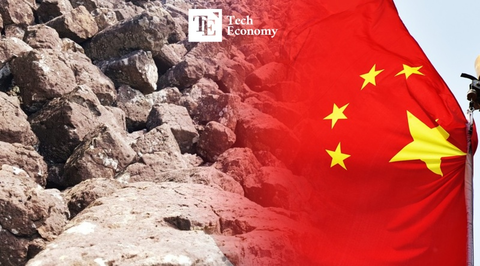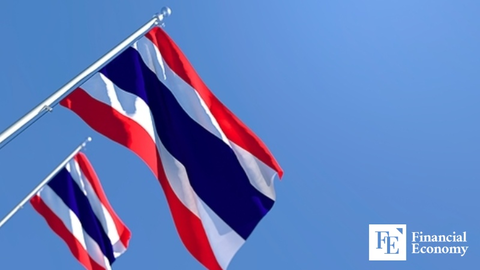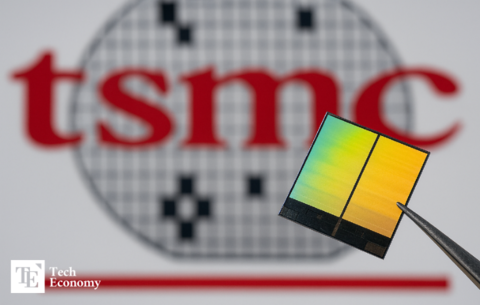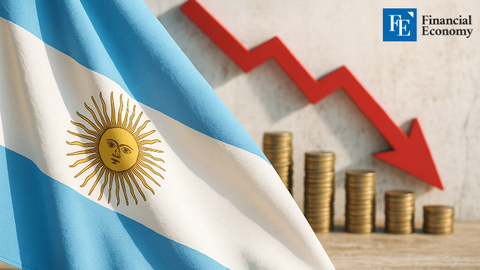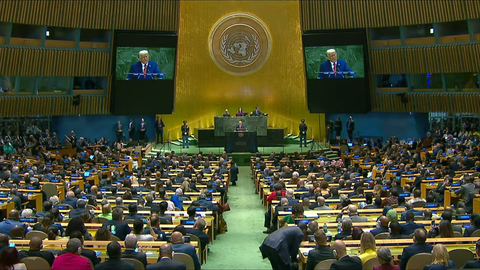Trump’s Tariffs on India Are a Strategic Blow to Russia and China
Input
Modified
Tariffs hit India, But the impact radiates, Russia and China feel the squeeze.
Trump’s decision to impose a hefty additional tariff on Indian imports may appear as punishment for New Delhi’s ties to Russia. Yet the ripple effect extends far beyond that bilateral discomfort. The move is a calculated strike against Russia and China, aiming to sever the financial lifelines that sustain their global ambitions.
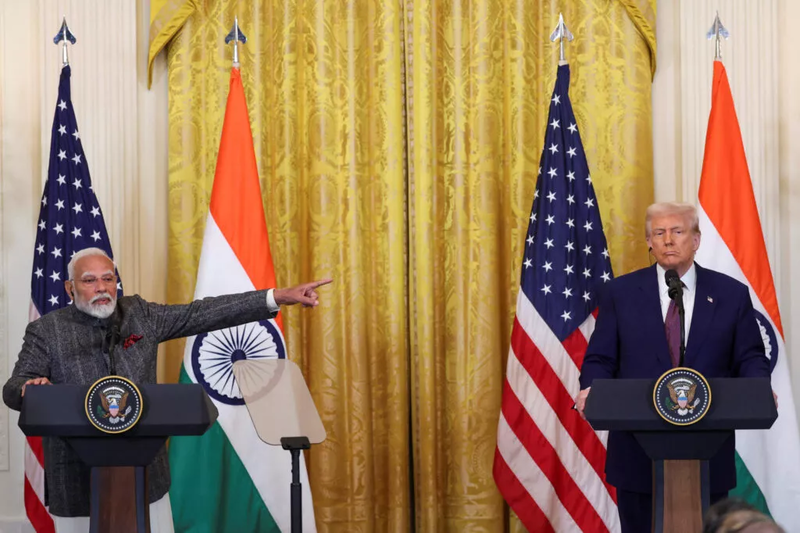
Secondary Tariffs, Tertiary Targets
President Trump introduced a 25 percent “secondary tariff” on top of existing duties targeting Indian goods, with the stated purpose of pressuring India to reduce its purchases of Russian oil. Analysts note that this action extends beyond straightforward trade policy. It is part of a broader strategy to choke off flows of Western currency to Moscow via New Delhi. With the United States closely monitoring shipping data, any disruption in these monetary channels could directly weaken Russia’s economic resilience.
India has responded with anger, calling the tariff unfair and arbitrary. New Delhi warns of retaliatory actions. At the heart of this confrontation lies a broader geopolitical signal. The administration is not targeting India alone. It is sending a message to any secondary beneficiary of Russian energy, secondhand ties now come with consequences.
A Financial Chokehold within a Strategic Play
This tariff strategy is more than economic leverage. It is a coercive tool used to force political and financial realignments. Russia relies heavily on its energy exports, and India is one of its biggest customers. Curtailing that trade indirectly damages Moscow’s ability to fund its military activities and sustain its war economy.
The broader objective may be to force Russia toward a change in behavior or place it closer to economic collapse. At the same time, China watches closely. If India fails to maintain its purchases, it may falter in its strategic balancing act with the West and Russia. Trump’s cue is clear: no nation can dodge alignment in the evolving geopolitical order without facing real costs.
India’s political leaders must reconcile national energy needs with global pressure. The result could reshape South Asian alignments and energy geopolitics for years to come.
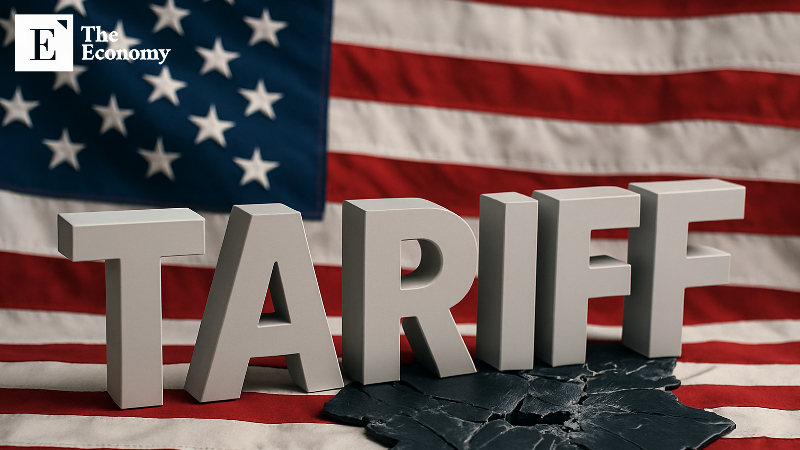
When Trade Policy Becomes Strategic Warfare
This is not a trade war. It is a strategic form of warfare achieved through fiscal means. Trump’s use of tariffs as tools of coercion marks a shift in how economic policy is wielded. Rather than resorting to direct military intervention, this administration is utilizing financial tools to achieve its international objectives.
The long-term implications are staggering. If India bows to pressure, Russia may face a tremendous fiscal squeeze. If it resists, India could suffer domestic economic pain from lost exports. Either way, the United States tightens its position in the global hierarchy.
For the world watching, Trump’s move signals that commercial systems are now theaters of geopolitical contest. Trade is no longer just commerce. It is currency, influence, and power concentrated and deployed with precision.

